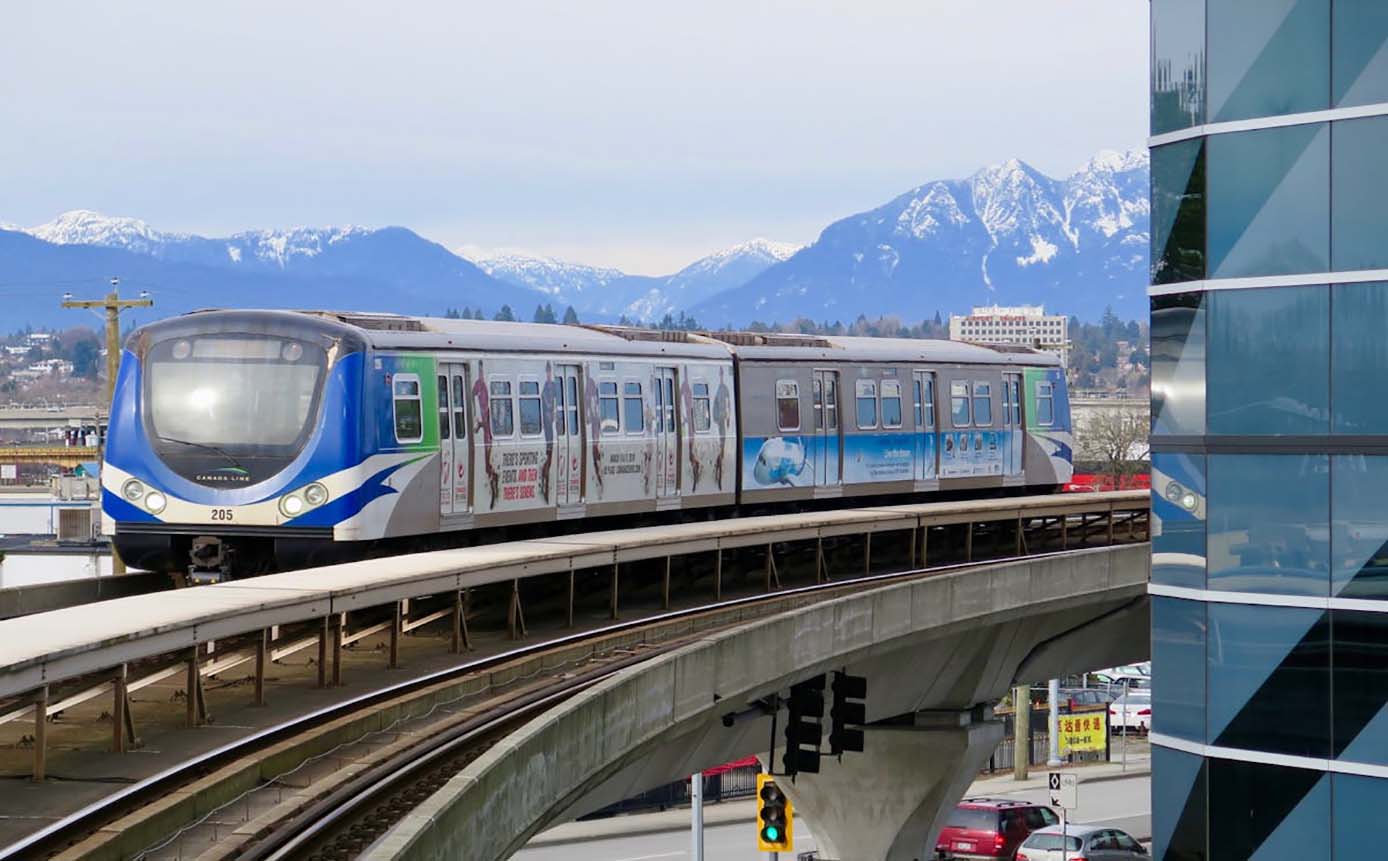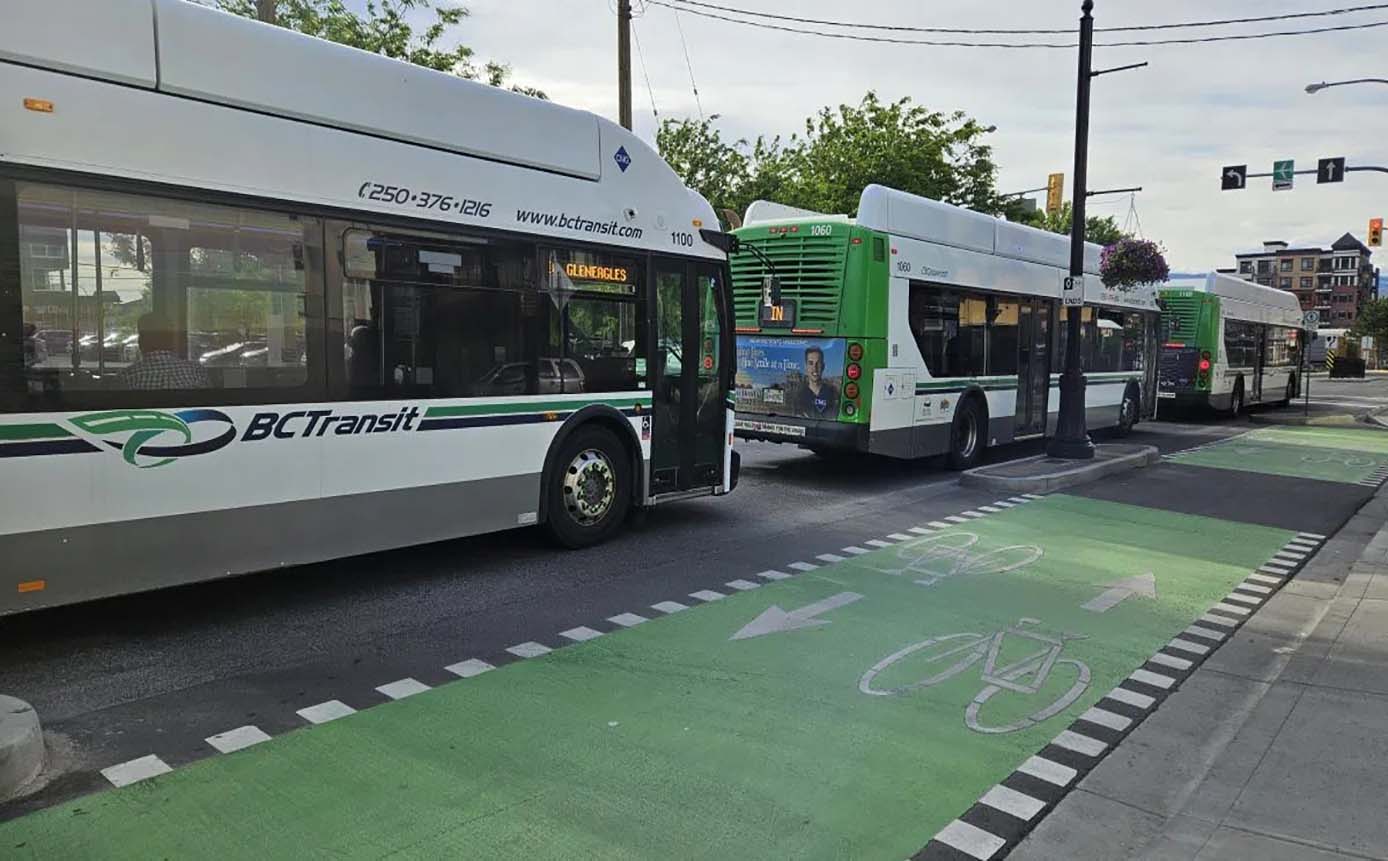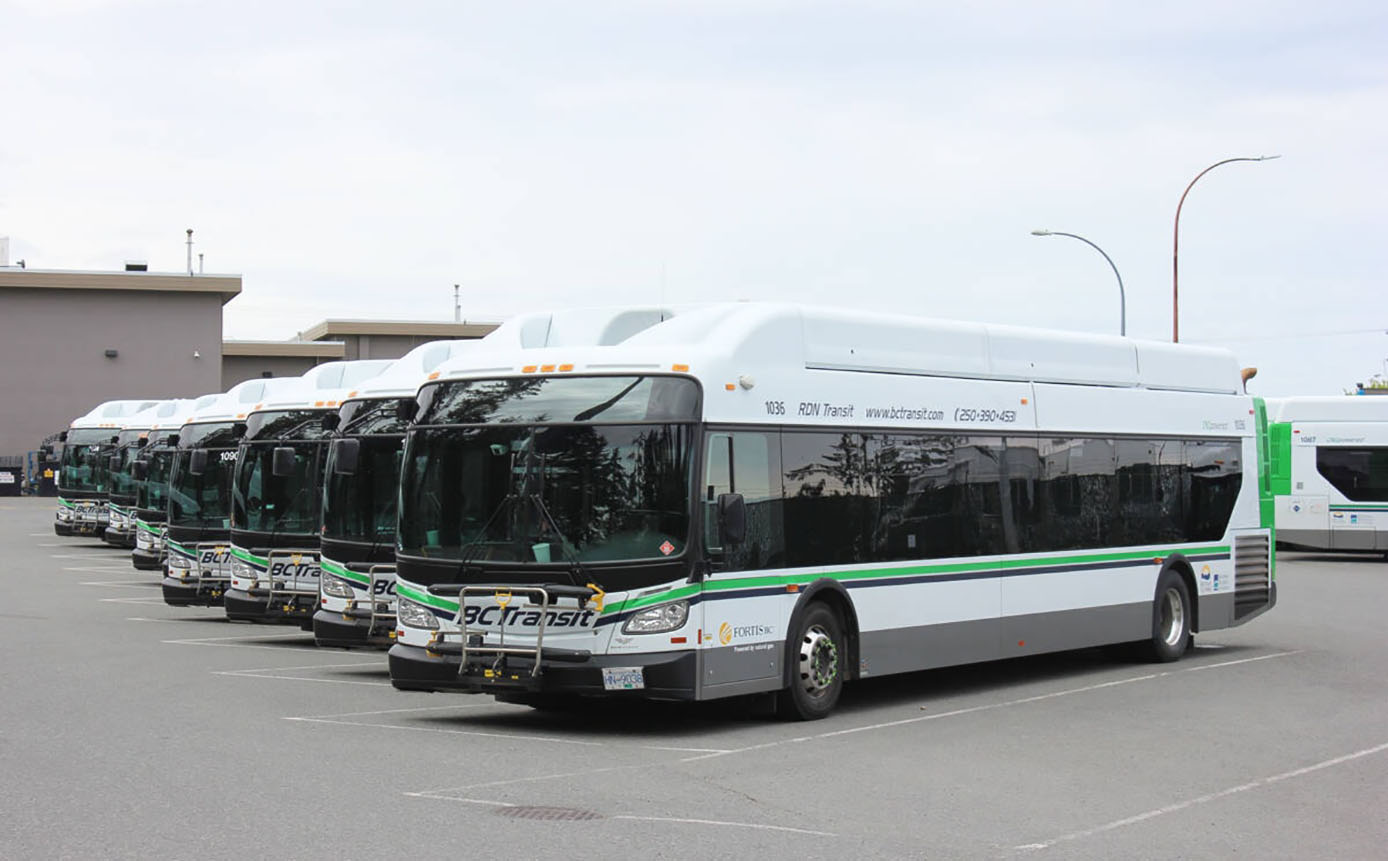Arriving in Vancouver, I was immediately struck by how accessible and organized the city felt, despite its sprawling urban landscape. I had traveled to many North American cities before, and while some had chaotic public transit systems, Vancouver’s SkyTrain, buses, and SeaBus service created a seamless network that made getting around not only practical but enjoyable. On my first day, stepping out of my hotel and seeing the clear signs for the SkyTrain station just a five-minute walk away, I felt a sense of relief and excitement—I knew I could explore the city without depending on taxis or expensive ride-shares.
Public transit in Vancouver isn’t just functional—it’s part of the city’s rhythm. From the automated announcements on the SkyTrain to the courteous drivers on buses, each ride felt safe and convenient. Over several trips, I’ve discovered how to navigate this system efficiently, combining convenience, affordability, and the occasional scenic route.
Understanding the SkyTrain
The SkyTrain is Vancouver’s elevated metro system, seamlessly connecting downtown with surrounding suburbs like Burnaby, Richmond, and New Westminster. Over multiple trips, I’ve come to appreciate its reliability and efficiency. There are three main lines, each serving a distinct corridor of the metropolitan area:
- Expo Line: Running from Downtown Vancouver to King George in Surrey, this line passes through key hubs including Main Street–Science World and Commercial–Broadway. It’s perfect for exploring both urban and residential areas without needing a car.
- Millennium Line: Stretching from VCC–Clark to Lafarge Lake–Douglas in Coquitlam, this line takes riders through neighborhoods that are less touristy but equally vibrant, giving a glimpse into daily life in the Greater Vancouver area.
- Canada Line: This line links Downtown Vancouver with Vancouver International Airport (YVR) and Richmond, making it my go-to option whenever I arrive or depart from the city. On my first SkyTrain ride, I took the Canada Line from Waterfront Station to YVR. The train was immaculately clean, quiet, and surprisingly fast, covering the distance in under 25 minutes. I remember feeling relieved at how smooth this airport transfer was compared to experiences in other North American cities, where traffic and delays often make reaching the airport stressful.
Ticketing and Fare System
Vancouver operates a zone-based fare system, meaning the fare depends on the number of zones you travel through. On my first visit, I purchased a Compass Card, a reloadable smart card available at all SkyTrain stations and online. I immediately appreciated the convenience: tapping in when boarding and tapping out when leaving felt intuitive and eliminated the hassle of buying single tickets every time.
Tips from Experience:
- Always remember to tap out, even if you’re unsure how many zones you’ve crossed—forgetting can result in a penalty fare, which I learned the hard way on my second trip.
- For travelers planning multiple trips in a day, a day pass can be much more cost-effective, offering unlimited rides within the purchased zones. I often use this when hopping between downtown, the airport, and nearby attractions.
- Peak hours can make trains crowded, so I try to plan my trips slightly earlier or later to enjoy a more comfortable ride and the occasional window seat. Riding with a seat allows me to take in the city skyline, waterfront views, and glimpses of the mountains—something I always appreciate as a first-time visitor.
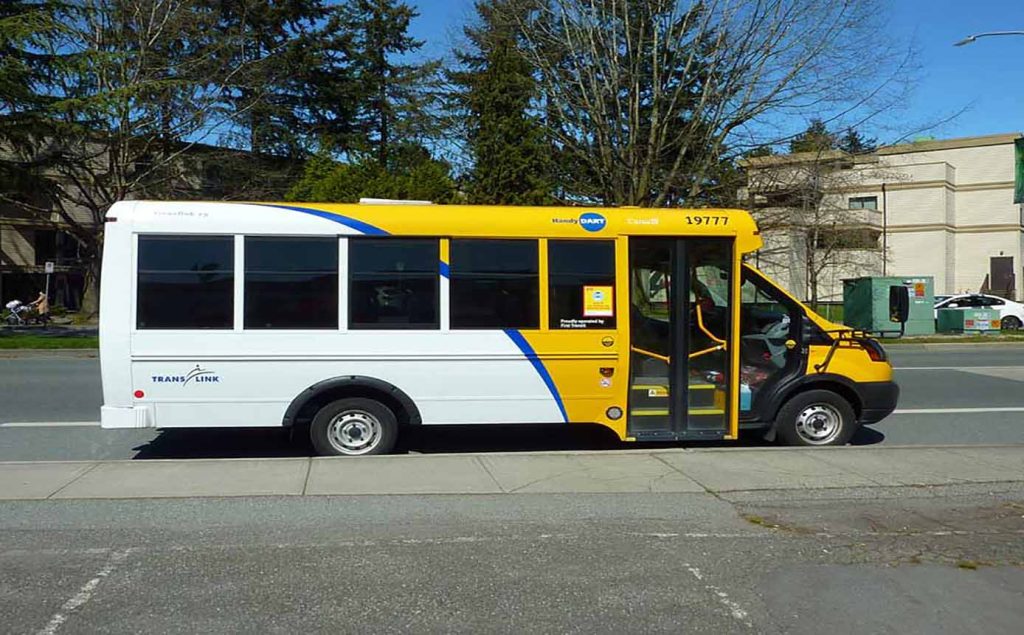
Navigating the Bus System
Buses in Vancouver serve as an essential complement to the SkyTrain, providing access to neighborhoods and attractions that trains don’t reach. Vancouver’s bus network is extensive, with frequent routes connecting residential areas, shopping districts, beaches, and cultural hubs. On my first trip, I quickly realized that the buses were clean, punctual, and surprisingly easy to navigate—even for someone unfamiliar with the city.
My First Bus Ride
I remember taking Bus #19 from Downtown Vancouver to Kitsilano Beach, a popular spot for both locals and tourists. Boarding was simple: I tapped my Compass Card and found a seat by the window. The ride offered a scenic, slow-moving perspective of the city, with glimpses of cafés, boutiques, and parks along the way. I noticed families, cyclists, and commuters all sharing the same space, which gave me a sense of Vancouver’s community vibe.
Tips for Using the Bus:
- Most buses now have low-floor entry and bike racks, which is extremely convenient for travelers carrying luggage, bicycles, or even strollers. On one occasion, I saw a local cyclist attach their bike to the front rack effortlessly—a reminder of how transit in Vancouver accommodates diverse modes of travel.
- Apps like Transit App or Google Maps are invaluable. I often plan my day around live bus schedules, checking arrival times to minimize waiting and maximize sightseeing. These apps also provide real-time alerts about delays, detours, or service interruptions, which I’ve found indispensable during busy weekends.
- Buses use the same zone-based fare system as the SkyTrain, so having a Compass Card makes transfers seamless. One memorable day, I transferred from a SkyTrain ride at Waterfront Station to a bus heading to Granville Island, all without worrying about cash or individual tickets.
Mastering the SkyTrain and bus network has transformed how I explore Vancouver. Between efficient routes, scenic views, and reliable schedules, public transit allows me to navigate the city with confidence, avoiding traffic and truly experiencing Vancouver like a local.
Transfers and Connectivity
One of the reasons I appreciate Vancouver’s public transit is how seamlessly the SkyTrain, bus, and SeaBus connect. On one day, I traveled from Downtown Vancouver to Lonsdale Quay in North Vancouver. I took the Canada Line to Waterfront Station, transferred to the SeaBus, and then hopped on a local bus—all using my Compass Card. The transitions were smooth, with clear signage and staff available to answer questions.
Travel Tips for Transfers
- Plan your route using the TransLink website or app—it provides optimal transfer suggestions and estimated travel times.
- During rush hour, allow extra time for transfers, as the downtown stations can be busy.
- For longer day trips, I sometimes use the DayPass, which covers SkyTrain, buses, and SeaBus for one flat rate.
Specialized Transit Options
NightBus Service
I once stayed late after a theater show at Queen Elizabeth Theatre and used the NightBus. It’s a reliable late-night service that ensures safe travel back to residential areas when regular trains and buses stop running.
HandyDART
For travelers requiring mobility assistance, HandyDART offers door-to-door service. I accompanied a friend on one trip and was impressed by the professionalism and punctuality of the service. Booking in advance is necessary, usually via phone or online scheduling.
Using Transit for Sightseeing
Public transit isn’t just practical—it’s a way to explore Vancouver. I’ve planned entire days using SkyTrain and buses, hopping off at:
- Granville Island: Using Bus #50 from downtown
- Capilano Suspension Bridge Park: Bus #236 from Waterfront Station
- Stanley Park Seawall: SkyTrain to Waterfront, then a short walk
I also use the SeaBus to North Vancouver, enjoying views of the harbor and mountains. Riding public transit allows me to see the city at street level, which often reveals hidden cafés, boutiques, and murals I might otherwise miss.
Compass Card Tips and Tricks
The Compass Card is indispensable for anyone using Vancouver’s transit system. Some insights from my experience:
- Load extra funds for convenience—many stations accept top-ups via machines or online.
- If traveling as a family, consider stored value sharing among multiple cards to simplify fare payments.
- Keep receipts for top-ups, as sometimes bonus points or discounts are offered during promotions.
Planning a Transit-Friendly Trip
I often plan trips that integrate accommodations, flights, and activities around public transit. Some of my favorite platforms for bookings:
- Flights: Google Flights, Skyscanner, Expedia.ca for easy flight comparisons
- Hotels: Booking.com, Hotels.com, Airbnb Canada for stays near transit hubs
- Attractions & Experiences: GetYourGuide, Viator, Klook to book tickets in advance and avoid lines
- Dining Reservations: OpenTable to ensure availability near transit-accessible locations
For example, booking a hotel near Waterfront Station allowed me to access SkyTrain lines, buses, and the SeaBus without needing a car—making the trip both luxurious in convenience and cost-effective.
My Personal Transit Experiences
I remember one morning starting with a SkyTrain ride to Science World, then taking a bus to Commercial Drive for brunch at a local café. The day continued with shopping along Robson Street and a quick SeaBus trip to Lonsdale Quay for dinner. Every connection was smooth, and using public transit let me experience Vancouver’s neighborhoods in a more intimate way than driving ever could.
I also discovered that transit rides themselves can be enjoyable. Morning commutes on the Canada Line or SkyTrain offer panoramic views of the city waking up, the harbor glistening in the sunlight, and the mountains in the distance. On one trip, I even struck up a conversation with a local artist on the SkyTrain, gaining tips on hidden galleries I would never have found on my own.
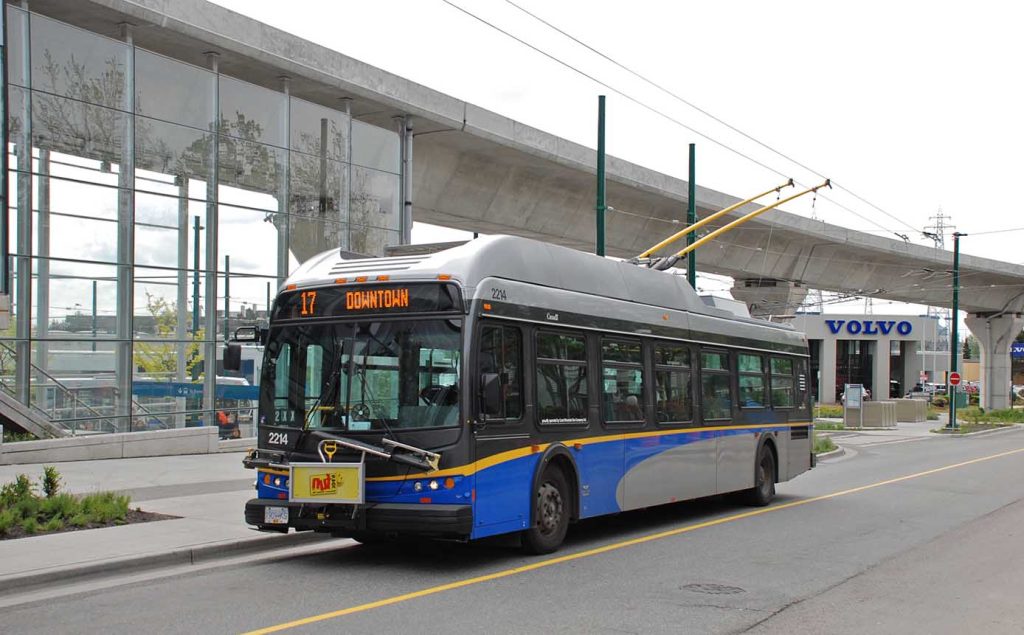
Advanced Tips for Transit Users
- Use Transit App or Moovit for live updates and alerts about delays or changes.
- For tourists, download TransLink PDFs of route maps and schedules; having offline access avoids confusion in areas with weak reception.
- Consider multi-day passes if staying in Vancouver for several days—they often provide savings and simplify travel.
- For luxury trips, private car transfers or ride-share options can complement transit when carrying luggage or during late-night travel.
Connecting Transit with Outdoor Adventures
Vancouver’s public transit is not just for the city—it can get you to natural landmarks:
- Grouse Mountain: Bus #236 from Waterfront Station, then a scenic gondola
- Capilano Suspension Bridge Park: Bus #236
- Kitsilano Beach: Bus #4 or #7 from downtown
I’ve found that using transit for these trips adds a layer of relaxation—I can enjoy the scenery without worrying about parking or traffic.
Vancouver Transit
Using Vancouver’s SkyTrain and bus system has become one of my favorite aspects of visiting the city. Beyond convenience, it offers immersive urban experiences, glimpses of daily life, and easy access to attractions, neighborhoods, and natural wonders. With a little planning, the Compass Card, and the right apps, navigating Vancouver is seamless, enjoyable, and often inspiring.
For first-time visitors, public transit is a gateway not just to efficiency, but to experiencing the city in a fully engaged, local way.
